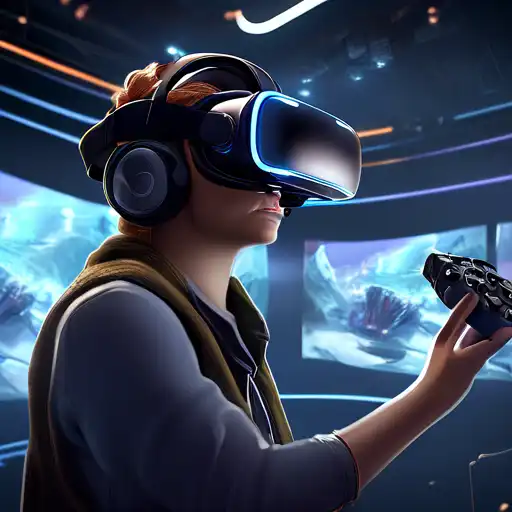Understanding the Complexities of VR Content Development
Virtual Reality (VR) has emerged as a groundbreaking technology, offering immersive experiences that were once the stuff of science fiction. However, developing content for VR presents a unique set of challenges that creators must navigate to deliver compelling experiences. From technical hurdles to creative constraints, the path to successful VR content creation is fraught with obstacles.
Technical Limitations and Hardware Diversity
One of the primary challenges in VR content development is the vast array of hardware available. Each VR headset comes with its own specifications, capabilities, and limitations, making it difficult for developers to create content that performs optimally across all devices. This hardware diversity necessitates extensive testing and optimization, significantly increasing development time and costs.
High Production Costs
Creating high-quality VR content is an expensive endeavor. The need for specialized equipment, software, and skilled personnel can quickly escalate budgets. Moreover, the immersive nature of VR demands higher resolution assets and more detailed environments, further driving up production costs. For many developers, securing sufficient funding to cover these expenses is a major hurdle.
User Experience and Motion Sickness
Designing for VR requires a deep understanding of user experience (UX) principles to avoid common pitfalls like motion sickness. The immersive nature of VR can disorient users, especially when movements in the virtual world don't perfectly match those in the real world. Developers must carefully design interactions and movements to minimize discomfort, which can limit creative freedom.
Content Length and Engagement
Another challenge is creating content that is both engaging and comfortable for users to experience over extended periods. Unlike traditional media, VR demands active participation, which can lead to fatigue. Finding the right balance between depth of content and user comfort is crucial for keeping audiences engaged without overwhelming them.
Overcoming the Challenges
Despite these hurdles, the potential of VR as a medium for storytelling, education, and entertainment is undeniable. By leveraging best practices in development, focusing on user comfort, and continuously innovating, creators can overcome these challenges. Collaboration across the industry to standardize development practices and share knowledge will also play a key role in advancing VR content creation.
For those interested in exploring the possibilities of VR, understanding these challenges is the first step toward creating impactful and immersive experiences. As the technology evolves, so too will the solutions to these obstacles, paving the way for a new era of digital content.
Discover more about the future of digital experiences in our technology trends section.
